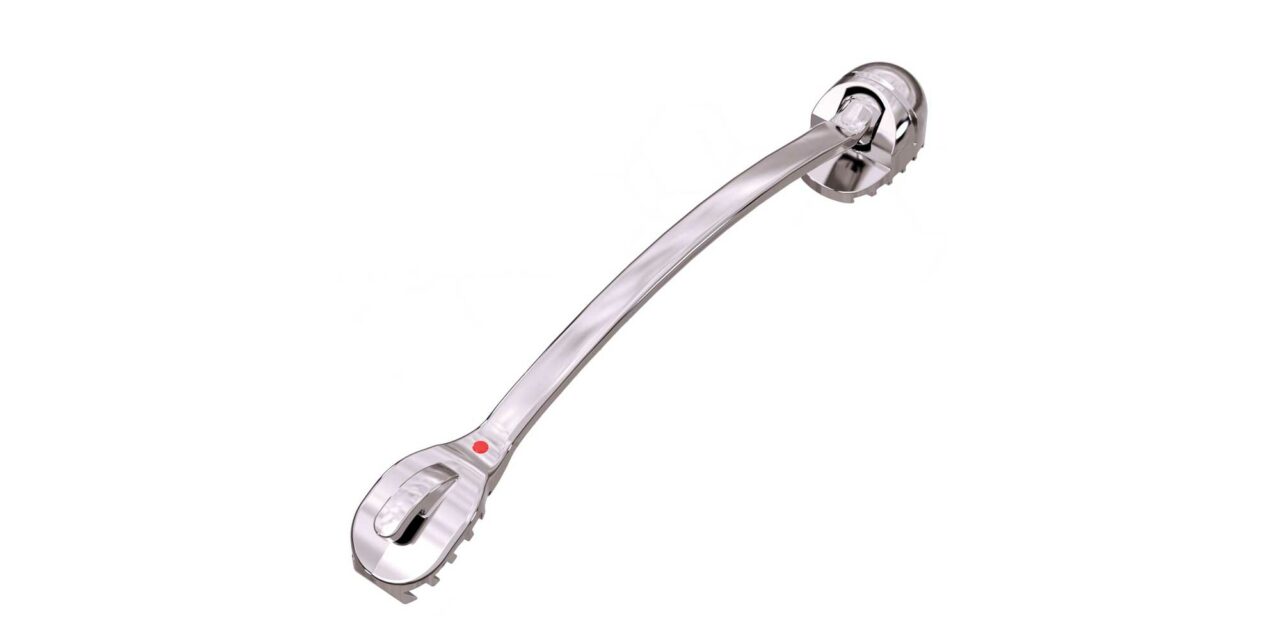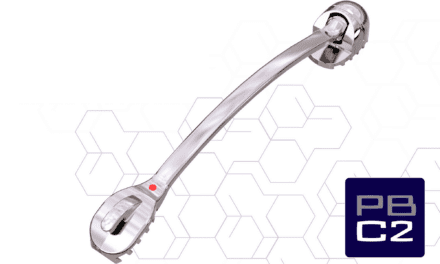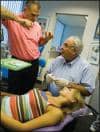American Orthodontics’ PowerBar is a direct bond appliance, designed to both complement the company’s other Class II products and be universal, giving orthodontists greater flexibility in each case.
American Orthodontics introduced the PowerBar, the newest addition to its Class II product suite. The PowerBar is a direct bond appliance designed to correct Class II cases and bring them into Class I through segmental tooth movement. To learn more, Orthodontic Products spoke to Jon Wiegert, production manager at American Orthodontics.
Orthodontic Products: What is the PowerBar and how does it integrate with products in the Class II product suite?
Jon Wiegert: In simplest terms, the PowerBar segmentally distalizes the buccal segment. It is a direct bond appliance used to bring Class II cases into Class I through segmental tooth movement. Whether bonded from canine to first molar or premolar to first molar, with patient compliance, it will help create space for crowded anterior teeth, by providing molar de-rotation and “distalizing” the upper first molars into a Class I relationship.
The PowerBar is typically used in the beginning of treatment to correct the Class II and create space for blocked out canines or de-crowding at the maxillary anterior teeth. It complements our other Class II products that provide correction later in treatment, specifically the PowerScope appliance. Doctors can now gauge patient compliance early in treatment, and if successful correct the Class II before the leveling and aligning phase with braces. If success is not achieved, because of patient non-compliance, doctors have another great option in the PowerScope for later in treatment.
OP: As a whole, what differentiates American Orthodontics’ Class II correction appliances?
Wiegert: It is the same thing that differentiates us with each of our product lines, having our Class II correction appliances designed and manufactured at our state-of-the-art facility in Sheboygan, Wis. The combination of having product managers, engineering, and production all under one roof allows for the highest quality standards and consistency in product that doctors have come to expect from American Orthodontics.
OP: In terms of its design, what stands out about the PowerBar?
Wiegert: Being Universal. The flexibility to be used in either upper arch quadrant is a major differentiator for the PowerBar. Inventory is maximized. Doctors are able to choose a size based on the individual indications they encounter. Being able to go from first premolar to molar to make room for a blocked out canine on one side for example, and on the other use a larger size to span canine to molar. The remaining bar sizes going forward are easily stored in their identified sealed packaging and used in either quadrant for future cases.
OP: PowerBar is available in 23 sizes. What does such a wide array of sizes bring to the table during treatment?
Wiegert: The variety of sizes allows flexibility in treatment options for doctors based on patient indications. In some treatment plans, the canine and first molar are in similar planes and can be bonded with the PowerBar to correct a Class II, which will require a larger size PowerBar. In other indications such as a blocked out canine, the doctor can bond first premolar to molar to make space for that canine to drop, requiring the use of a shorter size PowerBar. The key for us is to provide the orthodontist with the tools he/she needs to be successful.
OP: How and when should the PowerBar be placed and removed?
Wiegert: As mentioned earlier, the PowerBar can be placed from canine to first molar or first premolar to first molar. With our patent-pending pad design, bonding follows the same office protocol used for bracket or tube placement. Bonding the PowerBar is typically done as the first step of treatment, before braces are bonded. Some of our clinicians like to do this as part of a same day start. First, bond the PowerBar and a lower molar tube or button on the lower 1st or 2nd molar followed by a scan or impression for a lower retainer. The patient comes back when the lower retainer is formed and they are given the elastics and the “pep talk” to be sure to keep wearing those elastics!
OP: What impact can the PowerBar have on treatment times and efficiency?
Wiegert: Our clinicians emphasize a couple of areas as to why the PowerBar impacts treatment times and efficiency. It corrects the bite in the A-P dimension first and allows for de-crowding of the anterior teeth, without flaring. In deep bite cases, it reduces the deep bite in the beginning without braces, significantly reducing treatment time. They also like the correction to a Class I in segments rather than all the teeth tied together with braces and wires. When they discuss the use of the PowerBar to their patients, they emphasize that success is reliant on them wearing those elastics as prescribed. With compliance, the total treatment time and the time they will be in braces are both reduced and with much better anterior tooth control. A win-win! OP










